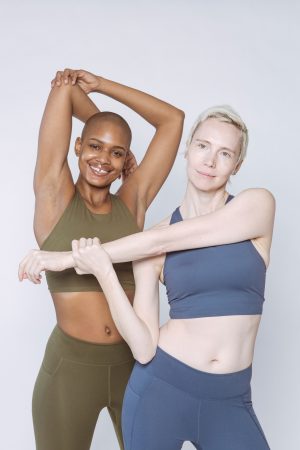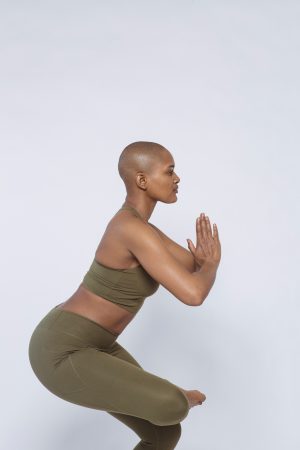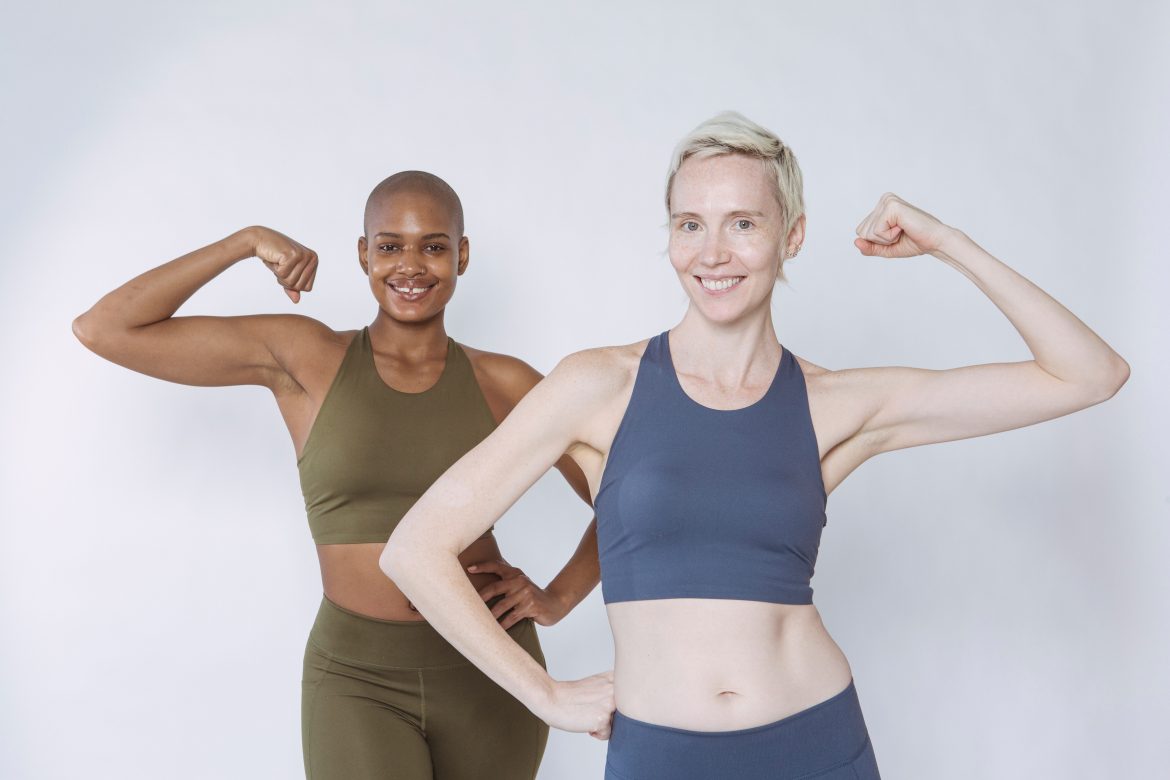All too often, core exercises are done in the pursuit of toned abs and a tinier waist. But gaining core strength is about much more than that. Your core includes the abdominal muscles, back muscles and the muscles that support the pelvis. Together they form the foundation of a fit, healthy body.
‘Often, women are all too focused on achieving a flat tummy, but the real goal is to stabilise and strengthen the entire torso,’ says personal trainer Claire Moore. So are you ready to active your true core strength? Here’s what you need to know about building up these all-important muscles.
What are the benefits of having powerful core strength?
Core exercises for women are beneficial for the whole body, and fab abs are really just a bonus. Not only is core strength the foundation of physical stamina and power, but these muscles work hard during simple day-to-day activities too.  Climbing stairs, reaching for things on the top shelf, staying balance and coordinated, keeping stability and even achieving good posture are all linked to the core muscles!
Climbing stairs, reaching for things on the top shelf, staying balance and coordinated, keeping stability and even achieving good posture are all linked to the core muscles!
‘If you have better control of these muscles, it will be easier to find your centre when you are caught off balance,’ says Claire. Something that becomes more and more important with age. ‘A strong core helps your body move more efficiently and reduces your chances of injury, so you will see an improvement in your overall fitness levels,’ personal trainer Simon Burden adds.
On top of all this, good core strength is also beneficial in supporting:
- the bladder,
- uterus,
- colon and
- vagina.
It helps with bowel and bladder control as well as sexual function, informs gynaecologist Dr Shree Datta. Suffering from poor pelvic muscle strength is a serious concern among women as they are weakened by childbirth, weight gain, chronic constipation and menopause. It is estimated that weak pelvic muscles will cause 50% of women to have some level of pelvic organ prolapse during their life. This is when the uterus, bowel or bladder are caused to slip down and protrude into the vagina because of weak pelvic muscles.
Why core exercises aren’t all about sit-ups
Hate crunches? No problem, the good news is that ab workout are not the fast track to achieving better core strength! ‘It is best to avoid doing numerous crunches or sit-ups, as these can imbalance your core,’ says Simon. Body-weight exercises such as planks, squats and lunges are much more effective.
best to avoid doing numerous crunches or sit-ups, as these can imbalance your core,’ says Simon. Body-weight exercises such as planks, squats and lunges are much more effective.
As is Pilates, because it aims to give you awareness of the whole body and overall strength. ‘Prioritising large muscle movements will work the core on a deeper level. Not only is this effective, it’s more efficient,’ says Claire. Using a stability ball has also been proven to improve core strength. Luckily for you we have a list of the best exercise to fast track your way to a stronger core.
- Hold a plank: Resting your weight on your forearms and engaging your core (bring your belly button in towards your spine), keep the torso straight and aim to hold for 1 minute. Time yourself and track your progress!
- Stand tall: Make a conscious effort to improve your posture. You’ll reduce stress in the lower back and bring balance to the front and back of your body to aid core strength.
- Chair squats: Stand in front of a chair with your feet hip-width apart. Without support, lower yourself to a seated position and rise again. Repeat 5-10 at a time.
- Balance on one leg: You can do this while brushing your teeth or stirring the oats! Stand on one leg with your core engaged and back straight, then swap doing the same amount of time on the other.
- Kegels: Strengthen your pelvic floor with these contraction exercises 10-15 times per day.
Gauge your core strength
Rate your plank to test the strength of your core muscles.
- less than 20 seconds: weak
- 20 – 30 seconds: needs some work
- 30 – 50 seconds: strong
- 1 minute and over: very strong

